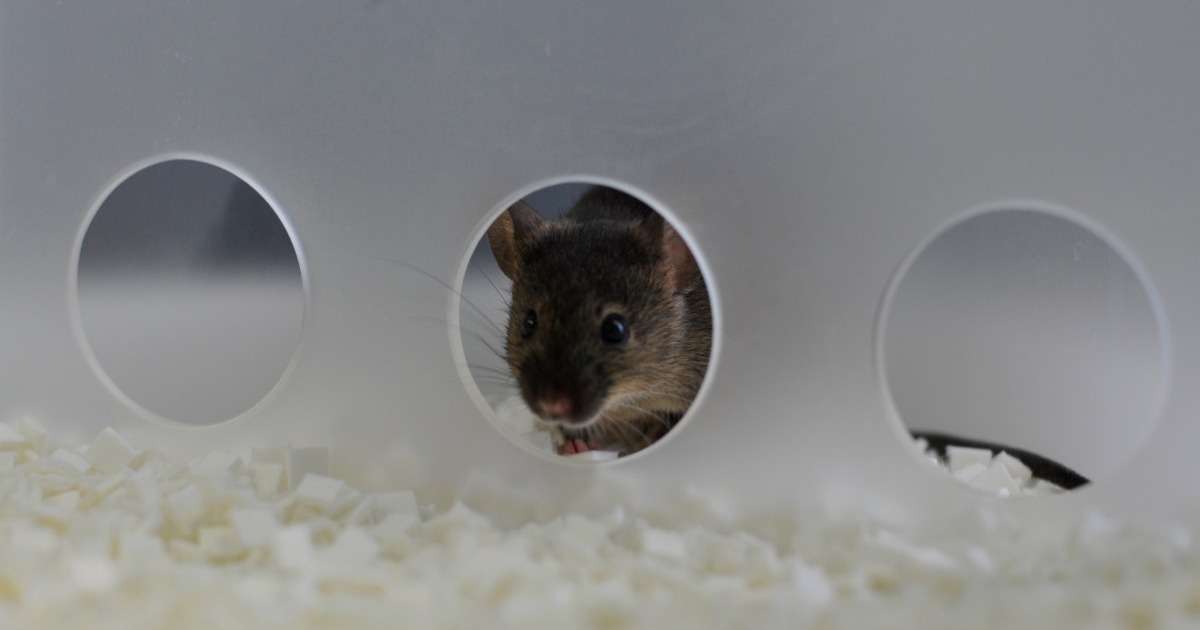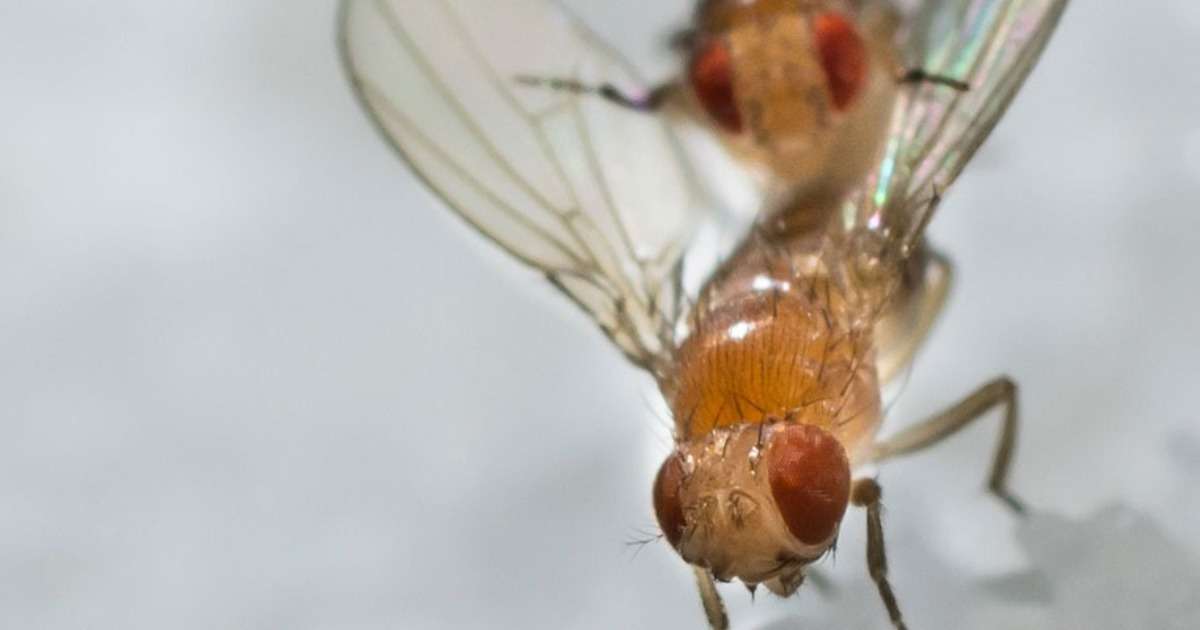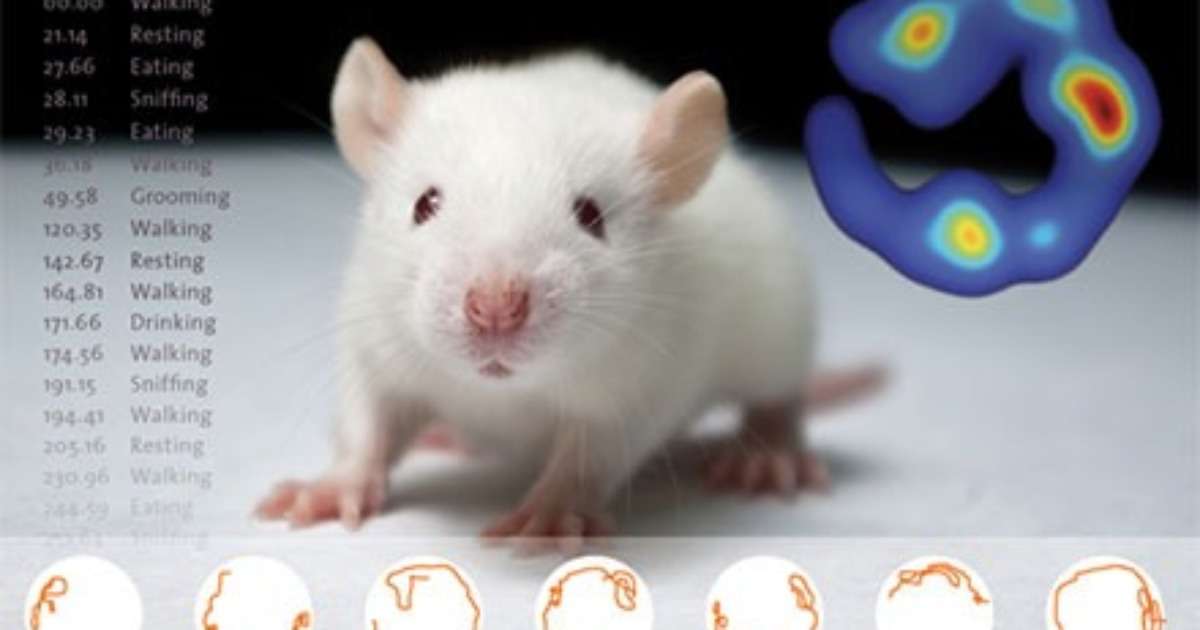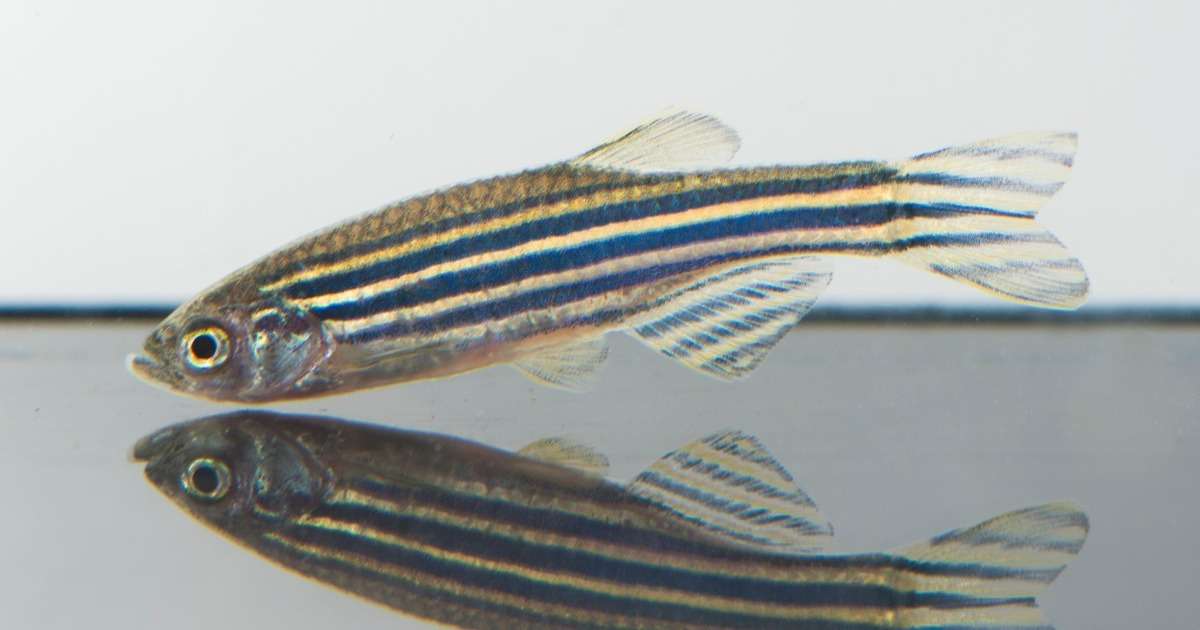Filter on
human behavior research categories

Understanding the micro-dynamics of couples’ interactions
How do aspects of romantic relationships, such as communication and emotions, develop during real-time couples’ interactions? A study on this was conducted in the Department of Psychology at the University of Zurich.

How does perception of brand authenticity affect ad performance?
For brands seeking to resonate with customers, being seen as authentic is vital. Using custom expressions in FaceReader, we explore how perception of brand authenticity relates to ad performance.

How to easily apply multimodal measurement during research with children
A child development researcher can encounter quite a few challenges when wanting to measure multiple data streams. How do you make that run as smoothly as possible plus integrate all data seamlessly?

Using Baby FaceReader for automated analysis of infant emotions
What if you had a way to understand a baby's unspoken needs? Analyzing facial expressions in infants helps researchers and caregivers understand more about the early development of emotions and social interactions.

The science behind your emotions
Have you ever wondered where your emotions come from? Let’s dive into the science behind our emotions and discover how our brain and body work together to make us feel.

Why you should use custom expressions in your facial expression analysis
Using custom expressions in facial expression analysis can unlock a deeper understanding of human behavior. How can you use custom expressions in different fields of research?

How to develop your training and education facility
The use of video in education can be very helpful to develop required technical skills, soft skills, and specialized knowledge.

Research Examples of Developmental Psychology
When you are studying developmental psychology, you’re studying how people grow and develop, all the way from childbirth to the end of their lifespan. What are examples of developmental psychology?

How to debrief a training session
What is debriefing, what to expect of debriefing, how to debrief a training session, and why is using a video feedback tool helpful?

Observing effective leadership and teamwork
How do organizations, leaders, teams, and employees work together to ensure efficient improvements and effective changes? The OBCC team combined video-based behavioral observations and physiological measures to examine this.
Filter on
animal behavior research categories

Unlocking the link between CNS infections and cognitive decline
Bacterial infections in the brain can have lasting effects even after recovery. In this blog we will look a study that used PhenoTyper and the CognitionWall to study the mechanisms behind this cognitive impairment.

Neuroscience conferences you should visit in 2024
Conferences are a great way to connect and learn. Here you can find a list of our favorite neuroscience conferences taking place in 2024.

What can you expect from Noldus at SfN 2023?
Whether you are or aren't going to Neuroscience 2023, we would love to give you a sneak preview of our latest innovations!

Zebrafish Research made easy: a dive into the Gerlai Lab
Recently, we published a customer story on the Gerlai Zebrafish Lab in Toronto. In this blog we would like to tell you about the things we learned that could not fit into the video.

Replacing rodents with insects in behavioral testing
In this blog we delve into the use of flies as a new perspective for behavioral testing. How do they compare to rodents? And can conventional rodent tests be adapted to insects?

The value of tracking software: using EthoVision XT to monitor broiler activity
What can EthoVision XT provide over manual observations? We explore that question in the context of a animal welfare study, where fly larvae were provisioned to broilers.

8 reasons why EthoVision XT is the superior video tracking software
Discover the unparalleled efficiency and user-friendliness of EthoVision XT, the superior video tracking platform in behavioral research, offering advanced features and worldwide recognition.

The effect of environmental levels of lead on zebrafish development
Lead exposure has a negative influence on the developing brain and body. Zebrafish research allows us to understand the effects of lead poisoning on the different stages of life.

Diving deeper: Obesity and Anxiety, a scientific perspective
It seems that there is a relationship between poor mental health and obesity. But the exact reasoning is far from clear. Animal experiments can shed light on the situation

Calcium imaging and measuring behavior
What is calcium imaging, and how can you this technique to get a better understanding of complex rodent behavior? Read more about the basic principles and benefits of calcium imaging
